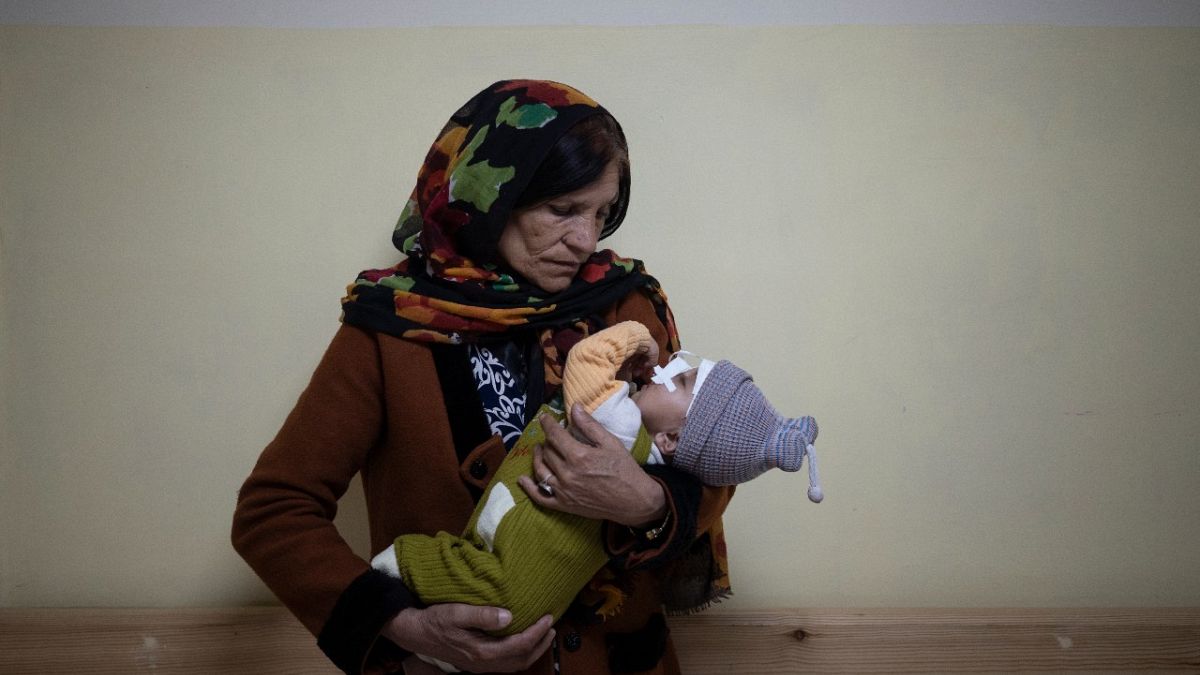Almost 24 million people in Afghanistan, or 60% of the population, suffer from acute hunger and 8.7 million face famine, says the World Food Programme.
The U.N.'s World Food Programme (WFP) said Monday the number of people living in near-famine conditions in Afghanistan has risen to 8.7 million, up by 3 million from earlier this year.
Among them are the frail children being treated on the malnutrition ward at the Indira Gandhi hospital in Kabul.
Zia Mohammed, an assistant director for nursing at the hospital, said he had witnessed the rise in those needing treatment over the last three months first hand.
Overall, almost 24 million people in Afghanistan, or 60% of the population, suffer from acute hunger.
A severe drought is one cause, but also, more and more people simply can't afford to buy food.
The country's economy had been rapidly declining under the previous U.S.-backed government, which struggled to pay salaries to its employees.
Now the economy is in full-fledged meltdown after the Taliban seized power in August.
The U.S. and other Western countries have cut off direct financial assistance, while the Taliban government cannot access billions of dollars in Afghan national reserves held abroad.
As a result, millions of Afghans have not received salaries for months.
Worldwide, the WFP said Monday the number of people on the edge of famine has risen to 45 million in 43 countries.
The number is up from 42 million earlier this year, largely driven by the rise in Afghanistan.
“It’s a crisis. It’s a catastrophe,” WFP Executive Director David Beasley said during a weekend visit to Afghanistan.
The WFP is rushing in supplies to feed people as the harsh winter sets in, but it says it needs some $220 million a month in 2022 to fund its effort.
